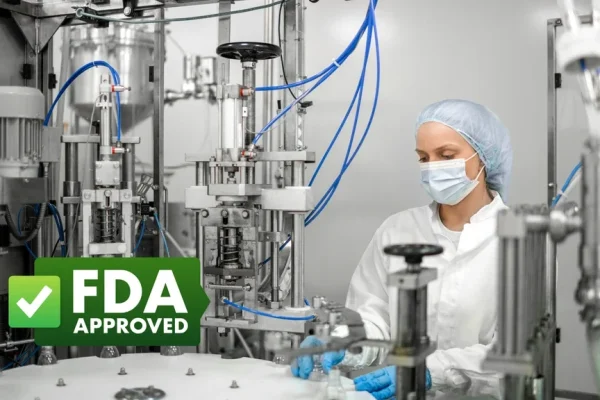Ever wondered why software tool validation is crucial in the medical device industry? With modern medical regulations putting more emphasis on the management of software tools, it’s become an important part of the puzzle. Companies use various applications in the lifecycle of a device, and they must ensure they work as expected, based on how they impact the device’s quality. It’s not just about checking boxes; it’s about ensuring that these tools are reliable, accurate, and effective. Software tool validation is key to maintaining high standards of quality and safety in medical devices.
How does the Validation Process work?
Well, it’s a series of methodical steps. First off, we start with a risk assessment. This is where we identify potential issues that could arise from the software tool’s usage, and how they can impact the product or Quality System.
After assessing risks, we identify all the features to be validated. Here, we define what the software tool must do to be considered fit for purpose. It’s a critical step to ensure that the tool meets the intended use and can perform under the expected conditions.
Next up, we create the protocols. These are a set of procedures that dictate how the validation will be conducted. They serve as a roadmap, guiding us through the validation journey. Once we have our roadmap, we venture into producing the results. We conduct tests according to our protocols and document the outcomes. It’s through these results that we can determine if the software tool meets the requirements we set earlier.
Finally, we compile a report. This is a comprehensive documentation of the entire validation process, from risk assessment to test results. It serves as a record that can be reviewed and audited.
Now, validating off-the-shelf software tools can be quite a challenge. Limited knowledge of their internal mechanisms can make the process more complex. But don’t worry, despite the challenges, the validation process is not significantly dissimilar from in-house developed tools.
What’s next for Software Tool Validation?
As we forge ahead, some software tool development companies are making strides by offering pre-validated software and validation packages tailored for the medical device market. These advances help streamline the process, but it’s crucial to remember that validation success lies in confirming the results in-house. Any pre-validation documentation provided by the developer is the starting point for the in-house validation.
Software tool validation is a continually evolving field, adapting to the needs and challenges of the medical device industry and new technologies such as AI or Machine Learning.
Want to learn more about Software Tool Validation?
SoftComply team is happy to talk to you about the future of software tool validation. We provide validation packages for our software tools and even apps for automated validation testing on Atlassian Cloud: the SoftComply Validation app for Confluence Cloud & the SoftComply Validation app for Risk Manager Plus on Jira Cloud.






